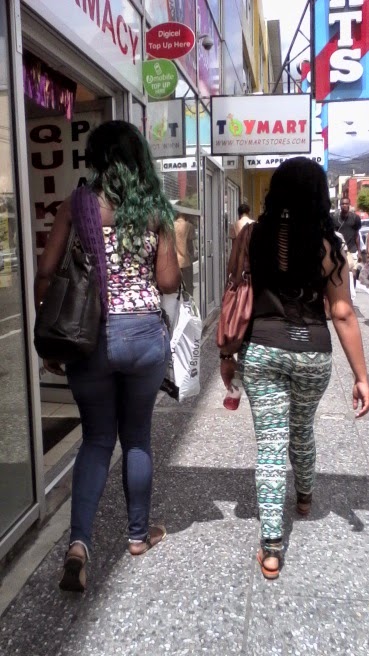Image 1(Source: Phang. 2015. Blog Assignment: An Introduction to Urban Geography)
On some streets in Port of Spain the sidewalks are packed with vendors. The picture above was taken of Henry Street sometime around February.
On Chaguanas main road the sidewalks are almost always filled with vendors. There is just barely enough space for single file two way pedestrian traffic and in some areas there is only enough room for one.
Image 2 (Source: Phang. 2015. Blog Assignment - An Introduction to Urban Geography)
Image 3 (Source: Phang. 2015. Blog Assignment - An Introduction to Urban Geography)
A solitary vendor located on Edward Street.
Are the streets of Port of Spain and Chaguanas public space or private space? Public! The streets are public with only a few that are private. What defines these streets as public is that it is accessible to all and no one is supposed to be excluded from these spaces. Additionally there is no monetary cost incurred for using these spaces.
Many people who are of lower socioeconomic status or have failed to obtain a formal job take advantage of these public spaces. Employment on the streets consists of informal jobs and the most visible is informal street vendors. Functions of the Streets also includes: walking or exercising space, sleeping
place, waiting area for transportation, entertainment, toilet and as a reflection of the city. The concentration of informal vendors are around the CBD-Central Business District because this is where the consumers are most concentrated. Vendors are also concentrated along routes that pedestrians frequent and transportation stops and drop-offs.
Along these public streets are no sitting areas to sit or relax on and all there is are businesses lined along the
streets. This reflects the streets as a transition zone, a space meant for people to pass through and not stay for lengthy periods. Despite this street vendors do not feel out of place but forms a natural part of the urban lifestyle in Trinidad. Green spaces and parks were designed in Port of Spain for this purpose while in Chaguanas the only visible sitting area is opposite busy corner.The differences between both places are the former is more inviting and well utilized while the latter is uninviting and underutilized.
The people in the transportation business sometimes find difficulty in theses spaces because of limited parking as well as the road policies. The cost of using parking facilities are high on the other hand illegal parking would be met with some form of legal punishment such as a fine or one's car wrecked. It would seem that the streets are more readily available for pedestrian use than vehicles. Nevertheless the majority of streets in Port of Spain and at the centre of Chaguanas vehicles are parked. On the Chaguanas main road and streets such as Henry and Charlotte Street in Port of Spain are congested with traffic. These are only certain areas, in other areas there is rarely a car driving by or pedestrian in sight. This is however rarely the case for Chaguanas because of its small size. The roads there are almost always busy during daylight hours. There are also many people occupying the roadways.Port of Spain is much larger and therefore the contrast is even greater. For instance Edward Street and St. Vincent Street along the twin towers (Ministry of Finance and Central Bank) has only a few cars parked at the side and very few vehicles driving on it. The further away from the twin towers the more vehicles there are parked along the road and driving on it . These are the disparities seen between urban areas and within them.
The people in the transportation business sometimes find difficulty in theses spaces because of limited parking as well as the road policies. The cost of using parking facilities are high on the other hand illegal parking would be met with some form of legal punishment such as a fine or one's car wrecked. It would seem that the streets are more readily available for pedestrian use than vehicles. Nevertheless the majority of streets in Port of Spain and at the centre of Chaguanas vehicles are parked. On the Chaguanas main road and streets such as Henry and Charlotte Street in Port of Spain are congested with traffic. These are only certain areas, in other areas there is rarely a car driving by or pedestrian in sight. This is however rarely the case for Chaguanas because of its small size. The roads there are almost always busy during daylight hours. There are also many people occupying the roadways.Port of Spain is much larger and therefore the contrast is even greater. For instance Edward Street and St. Vincent Street along the twin towers (Ministry of Finance and Central Bank) has only a few cars parked at the side and very few vehicles driving on it. The further away from the twin towers the more vehicles there are parked along the road and driving on it . These are the disparities seen between urban areas and within them.




